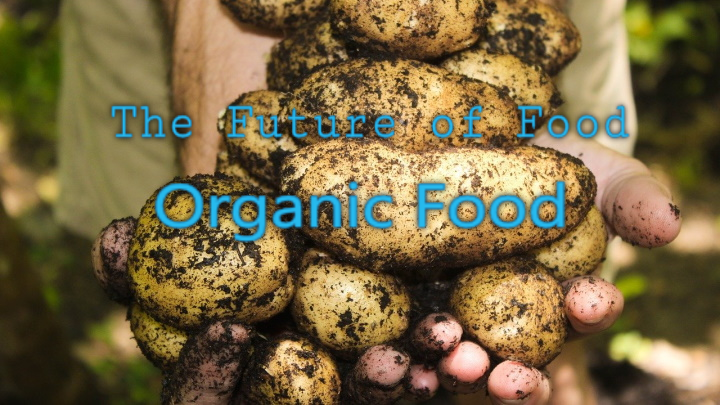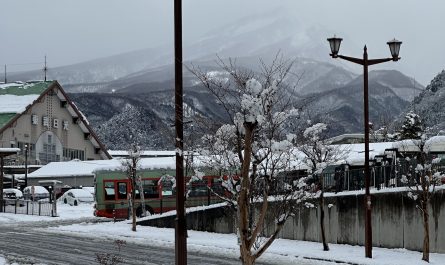What is organic food? Is it really that different from non-organic? Is it healthier?
Is it better for the environment? Why is it so expensive? Should I pay more for it?
There are a lot of questions surrounding the pair of words “organic food”, and I guess also a lot of misinformation. Just from typing on the search bar on google “advantages of organic food” and clicking on random suggested questions, google gave me this:

I was surprised by some of the suggested questions, I guess it is a controversial perhaps even divisive topic, so let me try to shed some light on organic food.
Let’s start with boring but necessary definitions. The Food and Agriculture Organization of the United Nations (FAO) defines organic agriculture as a “process that uses methods respectful of the environment from the production stages through handling and processing. Organic production is not merely concerned with a product, but also with the whole system used to produce and deliver the product to the ultimate consumer.”
According to the FAO, two main sources of general principles and requirements apply to organic agriculture at the international level.
- Codex Alimentarius Guidelines for the Production, Processing, Labelling and Marketing of Organically Produced Foods: According to Codex, “Organic agriculture is a holistic production management system which promotes and enhances ecosystem health, including biological cycles and soil biological activity. Organic agriculture is based on minimizing the use of external inputs, avoiding the use of synthetic fertilizers and pesticides. Organic agriculture practices cannot ensure that products are completely free of residues, due to general environmental pollution. However, methods are used to minimize pollution of air, soil and water. The primary goal of organic agriculture is to optimize the health and productivity of interdependent communities of soil life, plants, animals and people.
THE PRIMARY GOAL OF ORGANIC AGRICULTURE IS TO OPTIMIZE THE HEALTH AND PRODUCTIVITY OF INTERDEPENDENT COMMUNITIES OF SOIL LIFE, PLANTS, ANIMALS AND PEOPLE.
- The other is the International Federation of Organic Agriculture Movements (IFOAM), a private-sector international body, with some 750 member organizations in over 100 countries. IFOAM defines and regularly reviews, in consultation with its members, the Basic Standards that shape the “organic” term. According to the IFOAM 2002 Basic Standards, “organic agriculture is a whole system approach based upon a set of processes resulting in a sustainable ecosystem, safe food, good nutrition, animal welfare and social justice. Organic production therefore is more than a system of production that includes or excludes certain inputs.
The FAO also highlights that “Organic agriculture” is not limited to certified organic farms and products but includes all productive agricultural systems that use natural processes, rather than external inputs, to enhance agricultural productivity. (Food and Agriculture Organization of the United Nations (FAO), GENERAL CONCEPTS AND ISSUES IN ORGANIC AGRICULTURE)
Organic farmers are not allowed to use fertilizers and synthetic pesticides if they want to be certified as organic, and therefore it is better for the environment.
Not being able to use this kind of fertilizers and pesticides means that yields (agricultural output) are also much lower than the ones in conventional agriculture and therefore have to use more land to cultivate = the output is lower with more use of land. If you are asking yourself, is this good? Well, no because land is a limited resource in our planet, and we don’t want to be destroying more biodiversity than we already are doing.
Organic agriculture doesn’t measure energy consumption for heating greenhouses or transport for example. It also doesn’t tell you much about water consumption for the irrigation of crops.
So, on this 3 points, also important for the environment, organic is not necessarily better than conventional.
We can’t really say with certainty whether organic agriculture is better or worse when it comes to greenhouse gas emissions. Studies on this are not straightforward, it always depends on the type of product (meat, vegetables, etc.) and on the local or regional circumstances.
Among the positive contributions of organic farming to the environment are:
- Instead of using conventional fertilizers and pesticides to fight diseases and pests, organic farmers do this by choosing certain plant varieties, by rotating crops (not the same crop in the same field every year), by deploying natural enemies (insects) and therefore promotes soil life and greater biodiversity, and better quality of landscape at the same time.
- Genetic modification of crops is not allowed. I don’t really want to get into detail on this topic right now because it deserves a deeper understanding. Just to keep it superficial, GMO’s are genetically modified organisms that are artificially manipulated through genetic engineering to withstand pests, diseases, etc. It is also controversial, but consuming GMO’s could very well have negative reactions on the human body, and definitely a negative impact on the environment. But it still needs a lot more transparent research.
Meat production is pretty much not good for the environment, and would like to get on the “why” on my next post. The differences between organic beef /dairy cattle and conventional cattle are similar to the ones of vegetable crops. Organic domesticated animals that are part of our food chain, are not fed with synthetic plant protection products and fertilizers and have also more space to eat and roam around. Not that they would have much to do but eat and socialize, but let’s say they are happier than the ones crammed up to each other and live in their own feces. On the other hand, organic cows produce less milk than conventional cows. As a result, the emission of greenhouse gases and other pollutants (such as ammonia) per liter of milk is higher than that of conventional cows.
And what about the price of organic products?
We’ve all seen it. Organic products are generally, at least a tiny bit more expensive than “normal” products. This has to do with what I mentioned before, yield per hectare is lower. In addition, organic farming is more labor intensive and uses crops and animals that often grow less quickly. Organic meat is more expensive because animals live longer and therefore require longer shelter, more space and organic food. Logistics is a also a problem. Organic farms might not be spread all over countries, making distribution less efficient and more expensive.
Have you ever heard that food doesn’t really have the price it should have? That it is far too cheap? Well we can see it a bit more clearly comparing organic and non-organic food. Let’s take for example drinking water companies, which in some countries are state owned and water is free, tap water at least, and also drinkable. The costs for these companies to purify water from synthetic plant protection products are not included in the purchase price of common products, but are passed on to the public through taxes.
Organic farming doesn’t use synthetic plant protection products and they therefore do not have to be removed from surface water afterwards. For a fair price comparison, the retail price of conventional products should therefore be increased with the tax money or the organic products should receive credits, because there are no costs for, for example, extra water purification.
“Organic agriculture, in general, is recognized to produce lower yields compared to conventional agriculture, but at the same time, to be more profitable and environmentally friendly, providing equally or more nutritious pesticide-free foods, and additional agroecosystem and social benefits.
However, due to the yield gap between organic and conventional farming, the differences in the cost effectiveness are deep, so organic agriculture continues to be a minor alternative to conventional agriculture. The much more important debate now must be over how to get enough sustainable healthy food all in the right places at the right times and the right price. Therefore, it is necessary for organic farmers and the organic sector to promote a bold spirit of inclusivity in innovation and a culture of intensive learning and communication regarding new solutions and innovative practices. Strategic planning is imperative.” (Tsvetkov, I., 2018)
Food and Agriculture Organization of the United Nations (FAO). (n.d.). Environment and Natural Resouces Series No. 4. GENERAL CONCEPTS AND ISSUES IN ORGANIC AGRICULTURE.
Milieu Centraal. (n.d.). Organic food: choose consciously Environment Central.
Tsvetkov, I., Atanassov, A., . (2018). Plant organic farming research–current status and opportunities for future development. In Biotechnology and Biotechnological Equipment (Vol. 32, Issue 2, pp. 241–260).



